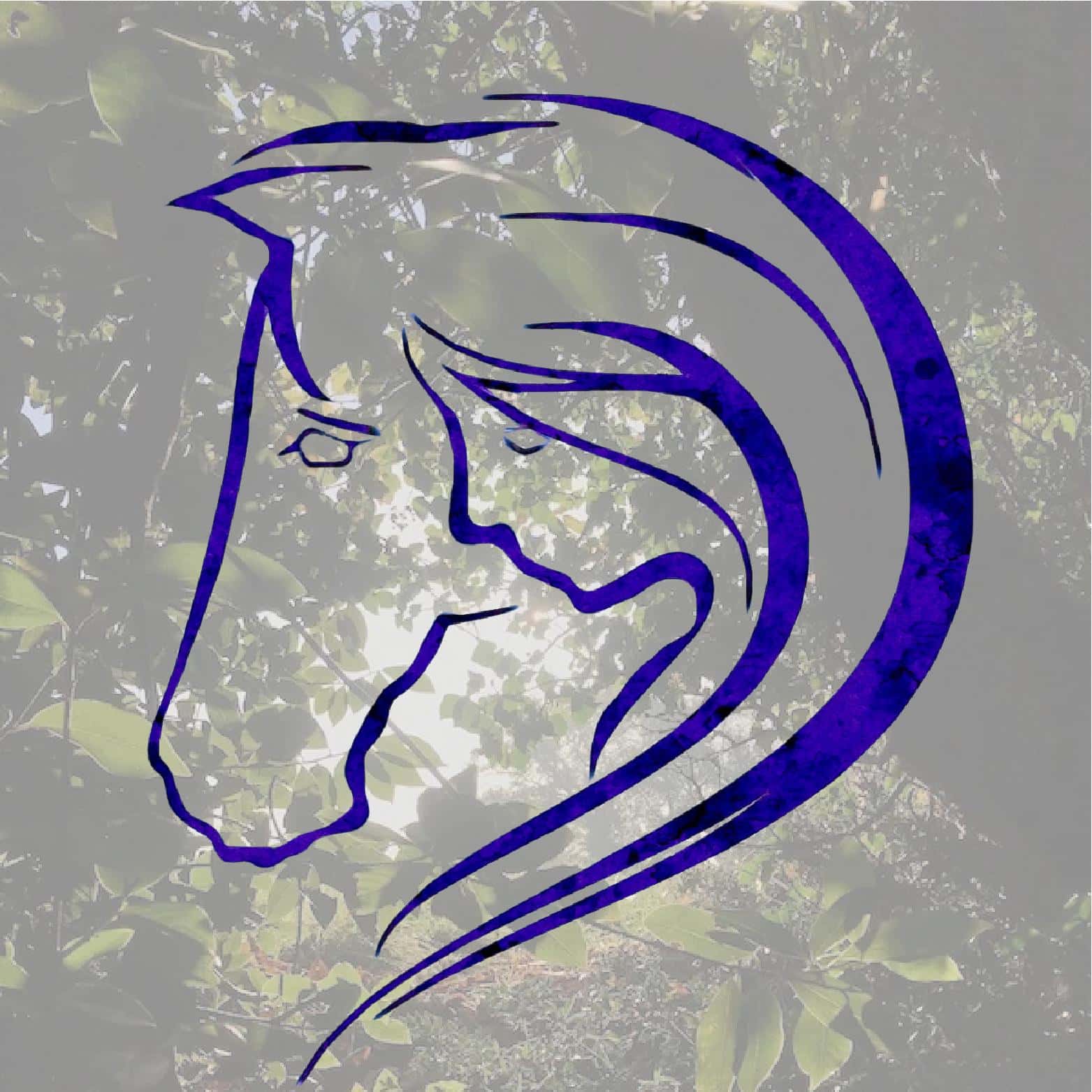Going bitless was both a step forward in my biomechanical understanding and a leap of faith. All of the holistic developments I have made so far have required a leap of faith. From going barefoot to rug-free. In hind-sight their merits become obvious!
The equestrian community tends to polarize into different camps which are defined simply by what they want to achieve. The ‘competition’ faction tend to assume they are right because (in their mind) they are achieving something very important, and the results speak for themselves. They don’t realise that their goals are not the only goals there are, and neither are they the most valid.
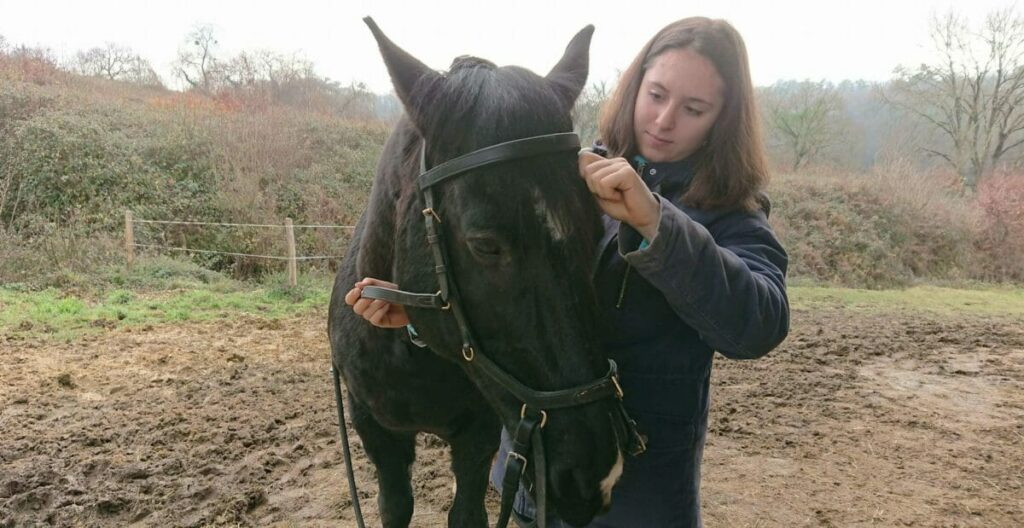
More open-minded horse people are often those who have been less exposed to equine traditions. Naturally they have less experience, which can lead them to assuming they understand more than they do.
It’s complicated however, because unless you are prepared to wake up, having the same experiences again and again doesn’t make you more knowledgeable. If you have been mucking out stables of shut-down horses for forty years, what are you still learning?
In a way we can only experience what our beliefs dictate and so our experience continues to dictate our beliefs. It can be a vicious circle unless we begin to become aware of our beliefs and how they are influencing our exterior world. Beliefs don’t really have any absolute validity, they come true because they are given energetic momentum by us. If we all believed the best of everyone and everything, that is all we would ever experience.
The Question of Control
One of the main reason riders feel it is necessary to ride with a bit is that they feel they have more control. In other words the bit has been used as a brake. This form of control is only possible when the horse concerned is conditioned to avoid pain. Such horses may have hardened mouths so they can cope better, but they are surely profoundly traumatised. They are likely to be dissociated energetically as well as cranially damaged by the excessive forces imposed over time from such riding.
The way horses can and will dissociate from their present reality, the freeze response, is both their greatest resource and their greatest weakness. This is because it allows people to treat them in ways that would not be possible if they fought back. Their resistances to high levels of pain, discomfort and emotional trauma don’t reflect what they are feeling in a way we might understand.
Traumatised horses leave their body behind to do the suffering, and the present part of their consciousness is somewhere else. You can recognise this when a horse seems dull and disinterested. They might also be stressed and distracted, or pushy and aggressive. Again, it is easily ignored because horses behaviours are relatively subtle, and they will often still perform under the most aggravated circumstances.
Interpretation
Control doesn’t have to be related to pain and suffering however. Understanding that balance allows receptivity is the key. A horse can only become balanced in their body, not their mouth. Therefore, whether a rider uses a bit or not is not a question of control. Some riders feel their horse is more comfortable. Maybe this is a conditioned security or maybe it is just true. Some riders feel that their horse is more connected to the engagement when they feel it in their mouth.
My only caveat to this is how difficult it is to interpret what you are feeling. Often bitted horses do feel lighter and softer and more flexible, yet it is related to pain, and the only way to know is the amplification of tension. This tension can take time to recognise, it can influence the sense of communication, of multidimensionality in the work. Sometimes there are other behavioural symptoms, not wanting to come to be ridden or accept the tack etc..
Authentic Control
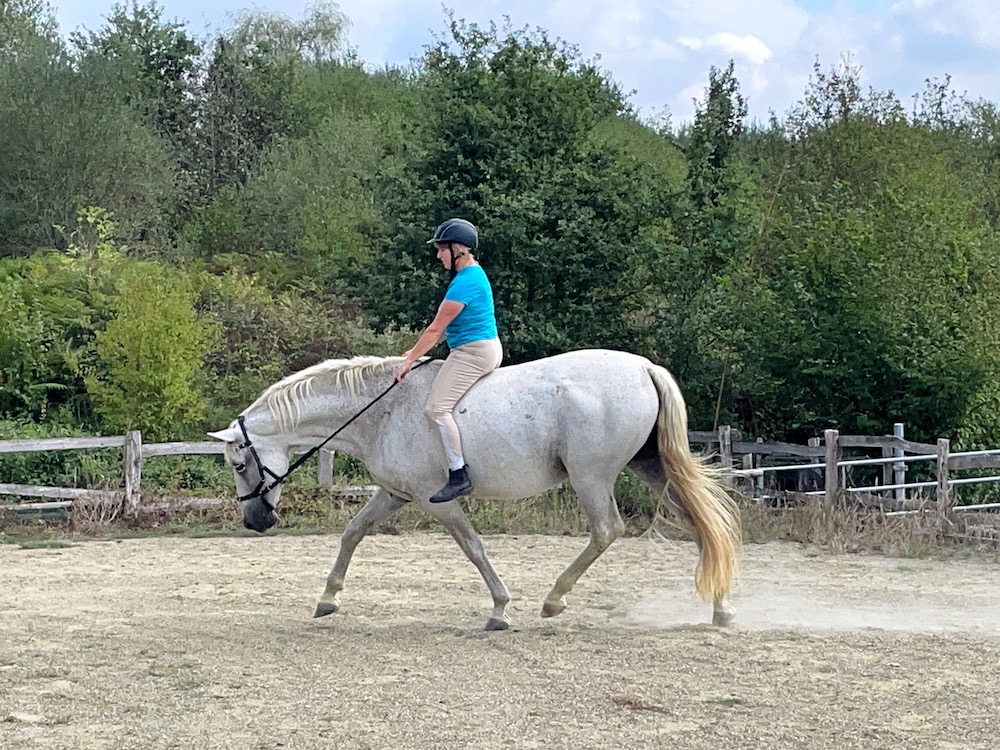
Stretching down in trot with Gorrion soon after he came back into work. In his work before he joined the herd here, he would swing between being worked up and switched off depending on the circumstances.
Since he lived with the herd for several years, he has been read to begin a different training partnership. We have focused on being present, listening to his needs and creating a safe space. Part of this was riding bitless without a saddle. His behaviour is balanced now, and consistently present.
A horse becomes balanced when they are gently trained to move straight. Mutual horse and human engagement brings the horse into a responsive state, and it is the riders posture and not their reins that does this. When a horse is balanced, and therefore receptive, they can hear the rider. Over time the connection can become so powerful that the communication is a flow of energy, including thought.
In order to be able to work with a horse in this way, this gentle physiological tuning to each other, there are certain requirements. The main one being lack of threat, both emotional and physical. When a horse feels threatened they will resist and become tense or dissociate. It is not straightforward at all to create an environment like this for a horse. First we have to cultivate an un-threatening energy in ourselves, and then find pathways to reach the horse.
The Neutrality Theory
This is why using any kind of equipment that could conceivably inflict pain is a risk to the partnership. Especially with inexperienced horses not yet hardened up to those ways. If a mouthpiece could always be a neutral agent in the horse’s mouth, that would be fine.
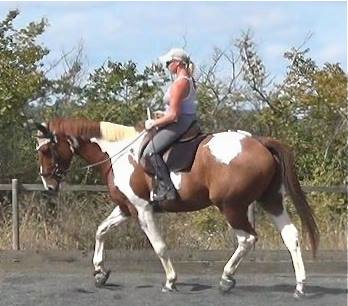
A ‘neutral agent’ meaning that the bit isn’t acting as a direct tool to influence the horse.
Although a bit can stimulate the horse just by being there to soften their Temperomandibular Joint and relax their jaw. This isn’t always going to work out in practice though.
There is no guarantee that we won’t hurt the horses mouth by mistake. They could fall, panic, stand on the reins, and even excellent riders put more force in the reins than they think. Ultimately, when a horse engages it has nothing to do with the bit, so surely if we are feeling a lack riding bitless, something is still lacking in our engagement?
How Can a Bit Train a Horse?
For example if the horse is ‘lighter’ with a curb bit, that means it is the bit that is causing them to carry themselves differently. How else could it do that without exerting discomfort or pain? and how can discomfort and pain result in a truer connection between horse and rider? That lightness is false, just as the forwardness produced by spurs is false.
Every time you create a reaction in the horse which comes from pain, another layer of separation is formed. That is why some horses feel like a block of wood, or a disconnected automaton. They are so full of layers of tension that they have to switch themselves off to cope with it. Other horses just end up feeling like an unexploded bomb.
False Signs
The truth is that any bit has that effect, it’s just less extreme. If a horse is
- Easier to bend
- Softer in the neck
- Flexing more easily in the jaw
- More balanced
as a direct result of having a bit in their mouth, then it is neither your posture nor your training achieving those results. So bitless works for me not so much because of what it provides, but because it doesn’t create negative consequences. In effect, it is neutral. I want to know 100% that when my horse is bending nicely, engaging their postural ring and balancing themselves uphill, that it is genuinely coming from our postural interaction alone.
I would say that in most cases a bit in a horses mouth threatens them to the point where it is a perpetual initiator of tension. Like a thorn in their side. At one end of the spectrum this tension forms a wall between horse and rider, diminishing their communication and the possibility of merging as one. At the more extreme end, when the threat becomes actual pain, the horse will be more likely to behave dangerously. If you feel that you may be unsafe going bitless then you are not safe now.
Going Bitless
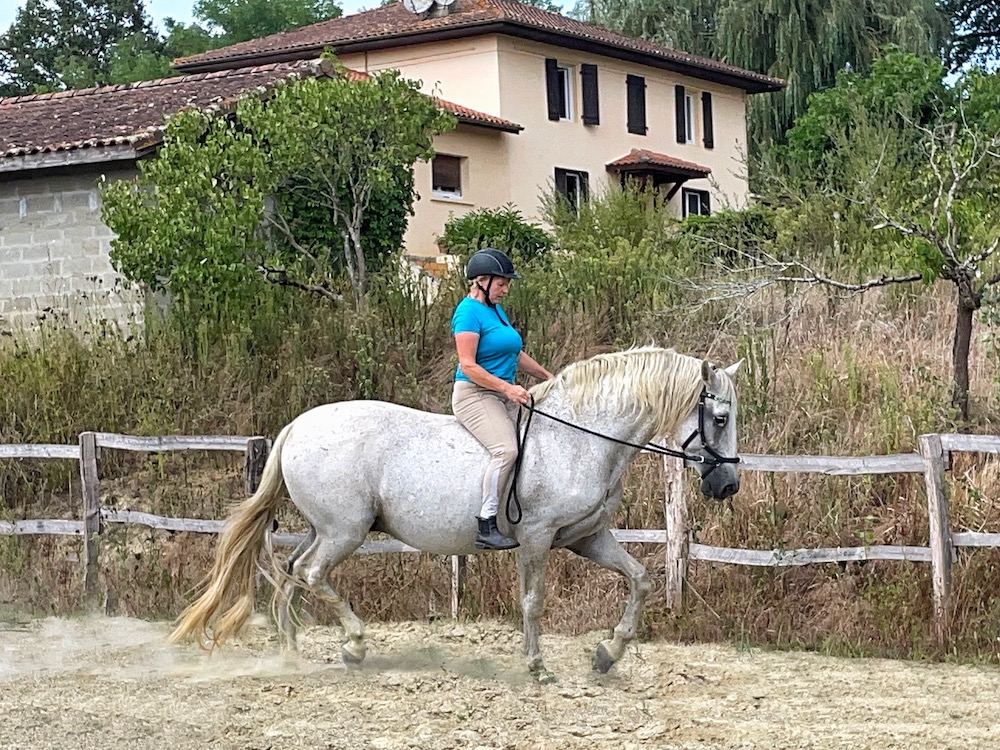
Gorrion had been ridden with a bit up until his sixteenth year. After his rehabilitation with my herd, it felt right for him not to reintroduce any possible threat to his wellbeing. That included saddles and bits.
He adapted easily, and is enjoying discovering authentic engagement. This photo was one of the first times we explored trotting together. We only do very short sessions and we are aware of his connection with the herd. Marie, Gorrion’s girlfriend always keeps an eye on things!
Riding bitless and treeless definitely takes more concentration and physical effort, but when we do achieve engagement we both know it is real. The horses can breath and swallow and be certain in their minds that their mouths are safe. As I have more and more experience of switching to bitless and seeing the switch others have made, the relief in the horses clarifies so much.
That being said, like any awakening, it must be done intuitively. Take into account any anxiety you may have about changing, and remember that will influence your horse. Make sure you know how to balance the horse with your weight and your straightness (correct bending) and start in an enclosed place. You may well be pleasantly surprised at the relief you both feel.
